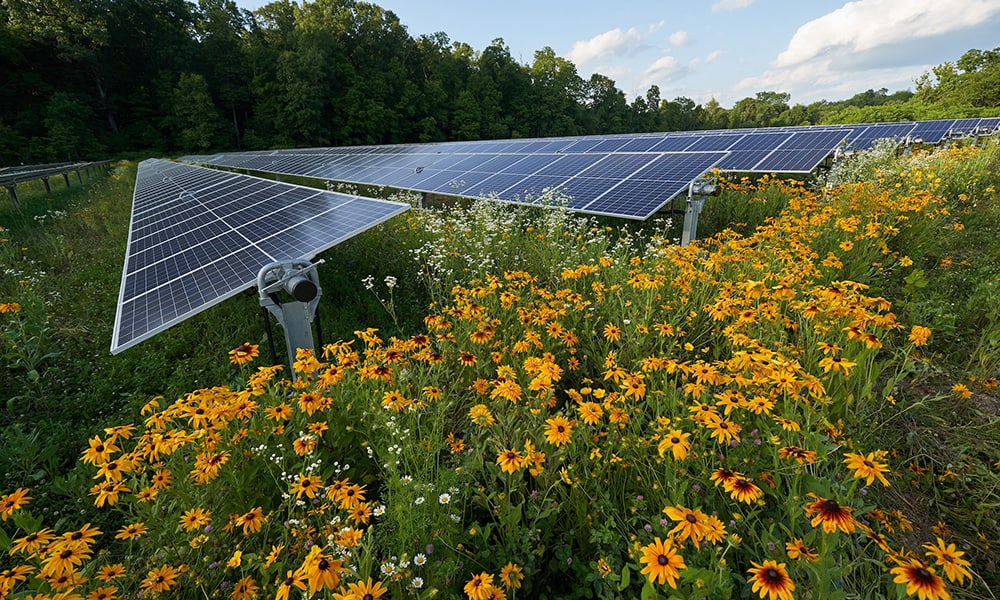Robert Neithart, Asst. News Editor—
Twelve years ago, on Earth Day, April 22, 2010, then Denison president Dale T. Knobel entered into the American College and University Presidents’ Climate Commitment (ACUPCC), placing the university on a twenty-year path toward the achievement of carbon neutrality by the year 2030.
Now, over a decade later, Denison has made significant strides toward offsetting its annual emissions. Director of Sustainability & Campus Improvement, Jeremy King ‘97, took some time to explain the efforts the university has undertaken in the past decade, as well as the future of sustainability at Denison.
Explaining the beginnings of Denison’s sustainability endeavors, King cited an environmental audit performed by a 2007 environmental studies practicum class. Revealed by the audit were some areas of particular interest with regard to the university’s environmental sustainability practices.
These discoveries prompted Denison’s admin to formulate a course of action to address the observed issues, resulting in the creation of a campus sustainability committee and the appointment of a sustainability officer to advise in the creation and implementation of relevant policies. With the necessary infrastructure in place by the year 2008, the university felt confident in signing the ACUPCC.
King explained the main challenges that existed and persist surrounding the development of campus sustainability policies and regulations. He explained that it’s often difficult to reconcile that which benefits the environment with the pragmatic requirements of a residential campus, saying it’s difficult to balance “what we can comfortably devote toward these efforts, and still do all the other things we’re supposed to do as a college.”
According to the Presidents’ Climate Commitment, since 2010, “Denison has reduced its carbon footprint by 50% through strategic investment in onsite renewable energy and the use of a green revolving loan fund that has invested in over 150 energy efficiency and water conservation projects across campus.”
King explained that the past decade has seen Denison making a number of additions and omissions to campus energy sources, with particular attention being paid to the development of energy-efficient infrastructure on campus.
According to King, around 16-17% of Denison’s electricity needs are met by campus solar arrays, with the remaining energy requirements coming from the Ohio electric grid, which primarily relies upon fossil fuels and other nonrenewable energy sources.
Concerning heating, Denison relies heavily upon natural gas, with up to 95% of campus heating facilities being supplied by natural gas pipelines. This comes as a result of Denison’s discontinuation of coal as a power source in heating which occurred in 2014. Though the environmental impacts of natural gas are by no means insignificant, Denison was able to lower its carbon footprint by up to 15% with the discontinuation of coal as a heating source.
Though the majority of Denison’s current energy supply is not sourced from renewable options, the university has been able to lower its carbon footprint to such an extent in part due to a combination of energy efficiency initiatives. This includes lighting improvements and motion sensors in rooms, reducing energy consumption by as much as 20% over the past decade.
King concluded by explaining that in the past five years, Denison’s energy consumption has leveled off. He explained that the university has completed all the comparatively straightforward fixes and that in the greater context of sustainability at Denison, it is time to either invest in carbon credits or long-term infrastructure like a geothermal heating system or additional solar arrays.
The framework Denison will seek to implement in the next few years will likely favor long-term investment in itself rather than spending on short-term solutions in the mere interest of attaining a goal, explained King.
For detailed information concerning plans, reports, and statistics, visit https://denison.edu/campus/green/forms.

